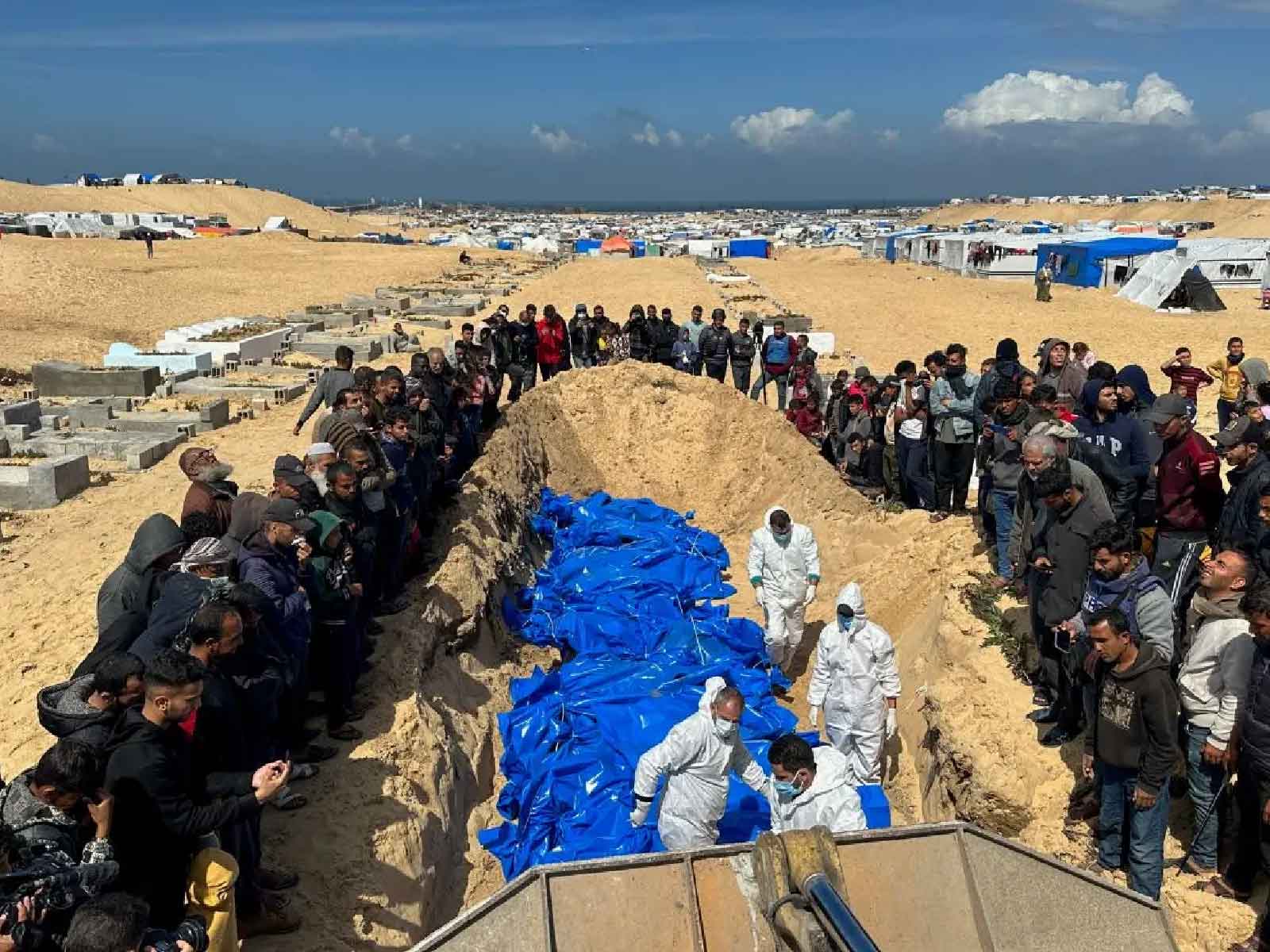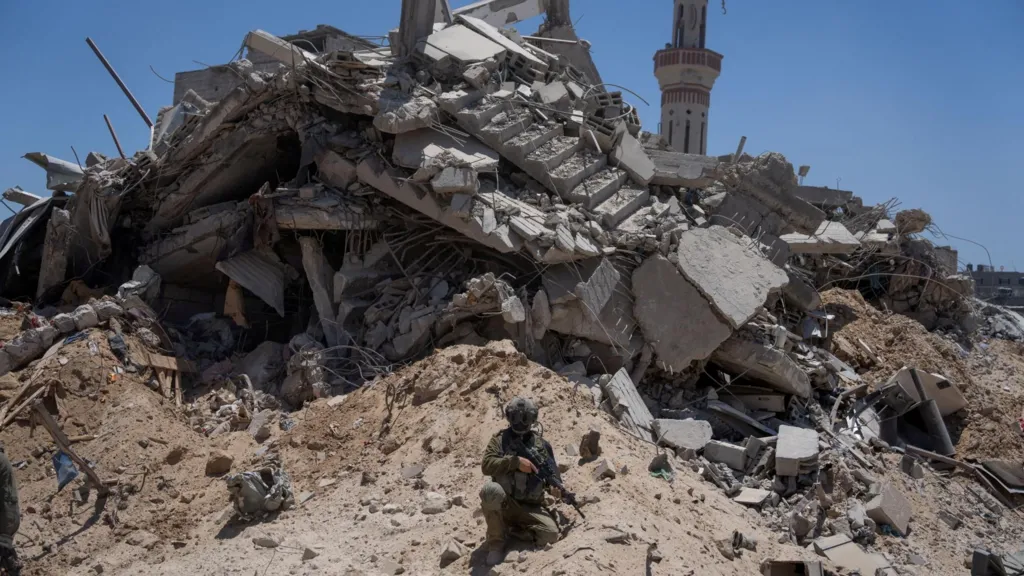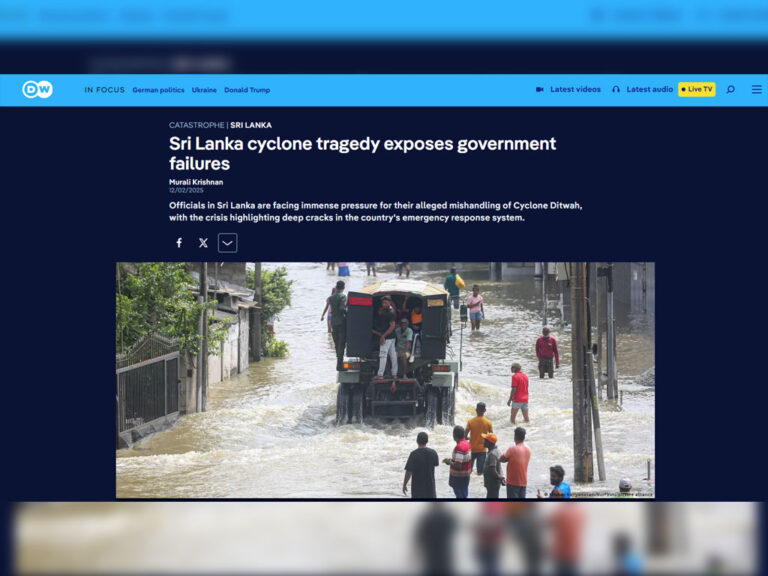
The Hamas-run health ministry in Gaza has reported that over 40,000 Palestinians have been killed due to Israeli military actions since the Hamas-led attack on Israel on October 7. This number, now at 40,005, accounts for approximately 1.7% of Gaza’s 2.3 million population, underscoring the severe human toll of the ongoing conflict.
Satellite imagery analysis reveals that nearly 60% of buildings in Gaza have been damaged or destroyed since the conflict began, with the southern city of Rafah suffering the most extensive damage. Significant destruction has been observed following Israeli military operations that started on May 6. Images show large areas of Rafah in ruins, particularly near the border with Egypt, and extensive demolition by Israeli forces on the ground.

The figures reported by Gaza’s health ministry do not differentiate between civilians and fighters. Historically, these figures were considered reliable by the UN and international bodies. However, current conditions—such as overflowing mortuaries, disrupted communication, and ongoing conflict—make verification difficult. The UN quotes these figures but acknowledges that their teams cannot independently verify them.
Local officials estimate that approximately 10,000 bodies may still be trapped under rubble from Israeli airstrikes. Personal accounts, such as that of Ali Ashraf Ata Gheith, a 15-year-old survivor who spent two months retrieving the bodies of his family from the wreckage, highlight the severe humanitarian impact of the conflict.

The ongoing conflict raises concerns about additional casualties from disease and hunger. Once the war ends, extensive efforts will be needed to recover bodies and assess the full impact, including distinguishing between combatants and non-combatants. Investigations by the UN, rights groups, and the Israeli military are expected to provide clearer insights into the true extent of the casualties.
In Rafah, significant infrastructure damage has been recorded. Satellite imagery and social media videos reveal widespread destruction, including the demolition of neighborhoods and key landmarks. The Israeli military’s operations have involved clearing land along the Philadelphi corridor and demolishing crucial sites such as the Rafah border crossing, major mosques, and the city’s main market.
The conflict, which began with a large-scale Hamas attack on southern Israel on October 7, has led to significant casualties and hostage-taking. The situation remains fluid, with further developments anticipated as the international community continues to respond to the crisis.




